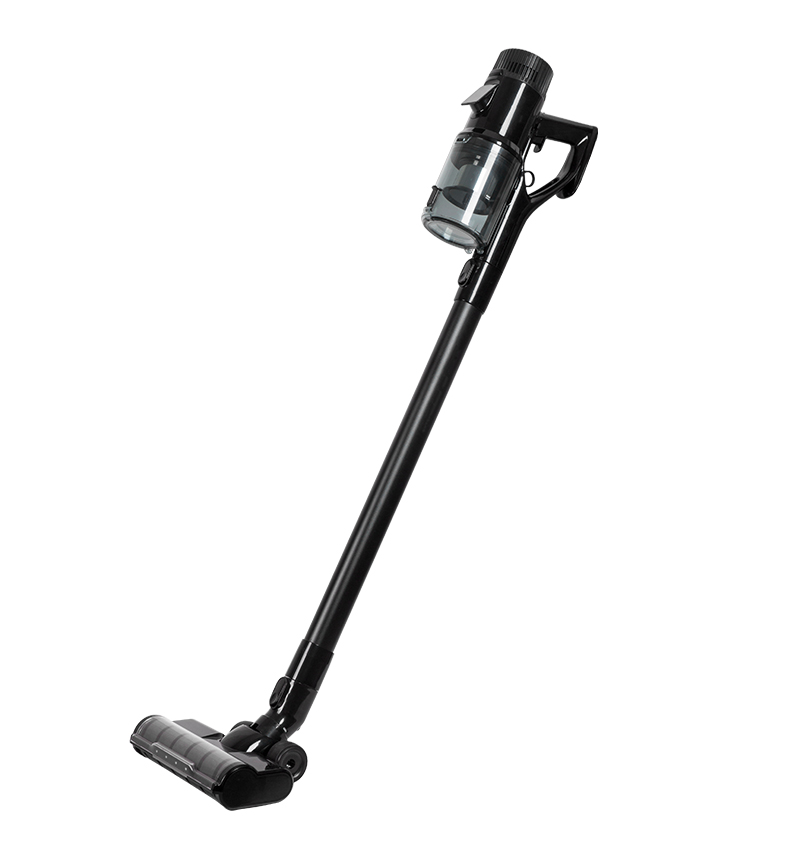Handheld cordless vacuum cleaners have become indispensable tools in many households, offering convenience and versatility for quick clean-ups. However, as with any powered device, safety is a paramount concern, particularly regarding overheating and battery issues. To address these risks, manufacturers incorporate a variety of safety features into the design of these vacuums.
One of the most critical safety features is the thermal overload protection system. This mechanism monitors the vacuum's temperature and automatically shuts off the motor if it detects overheating. This not only prevents damage to the motor but also minimizes the risk of fire hazards, ensuring that the vacuum operates safely even during extended use.
Another important aspect is battery management systems (BMS), which play a vital role in safeguarding the lithium-ion batteries commonly used in cordless vacuums. These systems monitor the battery's voltage, current, and temperature, ensuring that it operates within safe parameters. If any irregularities are detected, such as overcharging or overheating, the BMS will intervene by cutting off power to the battery, thereby preventing potential malfunctions or hazards.

Short-circuit protection is also a standard feature in many models. This safety mechanism is designed to detect abnormal current flow, which could indicate a short circuit. When this occurs, the system automatically disables the vacuum, protecting both the user and the device from electrical issues.
Moreover, many handheld cordless vacuums are equipped with LED indicators that provide real-time feedback on battery status and performance. These indicators alert users when the battery is running low or if there are issues that need attention, allowing for proactive management of the vacuum’s operation.
Lastly, the construction materials of these vacuums are designed to withstand heat and impact. Many models feature housing made from heat-resistant plastics that help dissipate heat during operation, further enhancing safety.


 中文简体
中文简体

















